10 States With the Highest Student Loan Payments, According to a New Report
With 42.2 million Americans owing $1.61 trillion in student loans, that averages over $38,000 per person. Managing this debt is a serious task. Experts recommend paying on time, making more than the minimum payments, and looking into loan forgiveness or refinancing. But with rising interest rates, the high cost of living, and eligibility hurdles, it’s easier said than done. And, of course, it takes a toll mentally and emotionally.
I went to a state college with more affordable tuition than many universities, and I count my lucky stars every day that I don’t have student debt to pay off. I have a lot of friends in their mid-30s who still have exorbitant sums of college loan debt that they’ll have to pay off for years to come. And higher education costs have only gotten higher over the years. It’s now the second most prominent type of consumer debt, right behind mortgages.
A recent study discovered which states have the highest student loan payments. Are you stuck in one of these states, still making those hefty payments even years after graduation?
New Hampshire
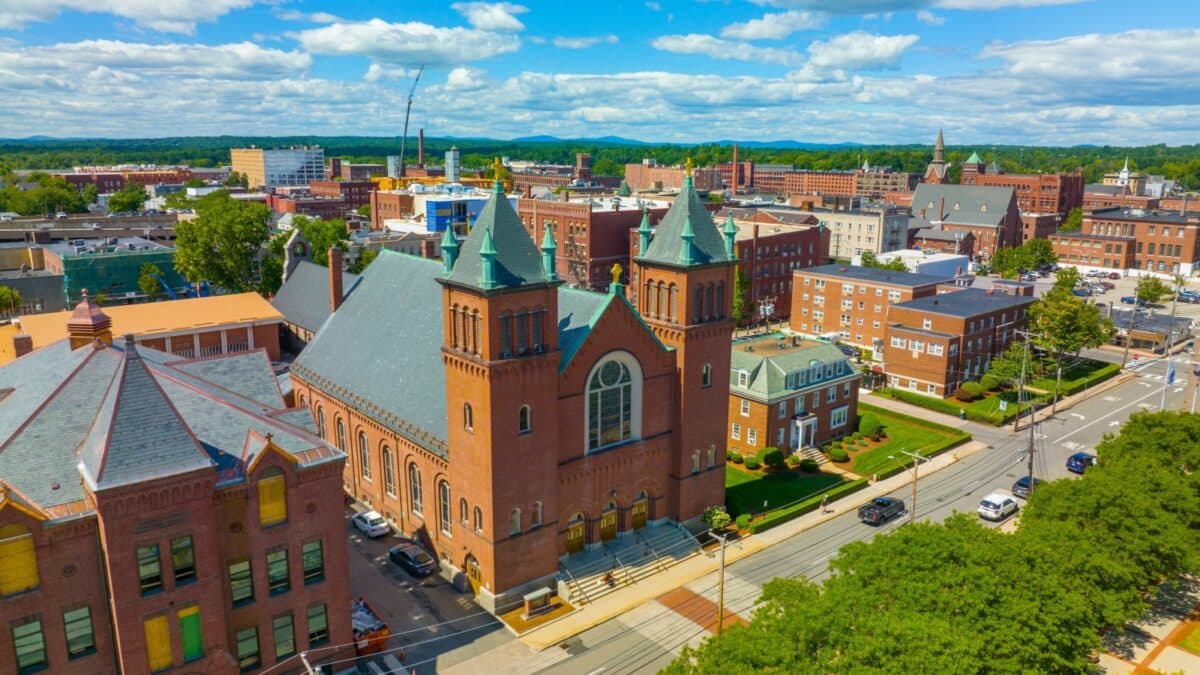
Granite State residents are feeling the pinch when it comes to student loans, with median monthly payments hitting $229—the highest in the nation! This is largely due to the state’s large average student debt.
The University of New Hampshire doesn’t make it any easier, either. The school’s tuition is above the national average for in-state and out-of-state students. With the state’s higher cost of living, managing those costly loan payments can stretch graduates’ budgets thin.
Massachusetts
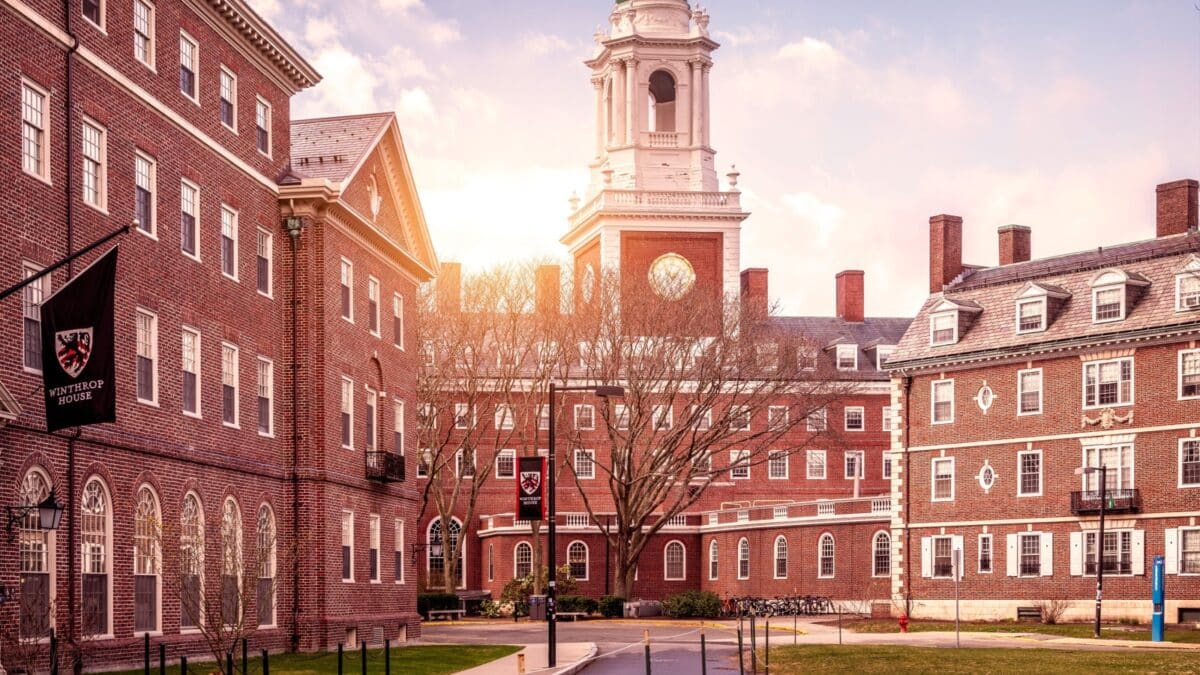
Massachusetts has many financial aid options, like grants and scholarships, to help with college costs. But with private schools like Harvard, Amherst, and Massachusetts Insititute of Technology (MIT), who charge an average of $53,789 a year, it’s no surprise that student loan payments are considerably large—averaging $226 a month!
Living in cities like Boston adds to the financial stress, as the cost of living is sky-high. This means students face higher tuition and increased living expenses, leading to bigger loans and bills.
Vermont
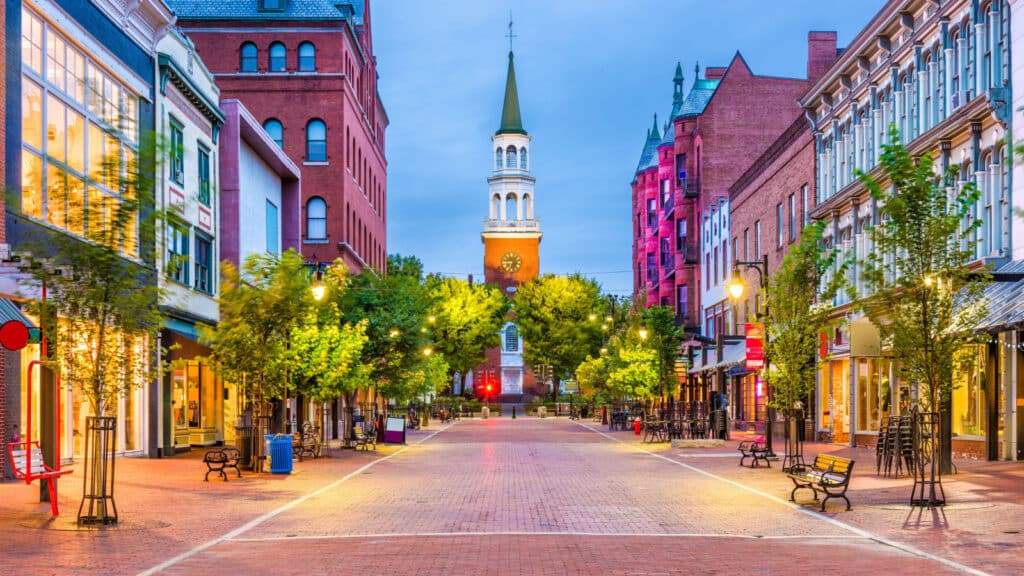
If you’re a parent sending your kids to the University of Vermont, you’ve probably thought twice about it. For middle-income Vermonters, it’s just not affordable. While the national average for in-state tuition is $9,750, Vermont’s public schools charge a steep $17,600. No wonder Vermont graduates carry some of the highest student debt, with an average monthly loan payment of $223!
And let’s be real—it’s Vermont. The high cost of living and running a business here makes it challenging to have extra cash for loan payments. It’s a heavy financial load!
Connecticut
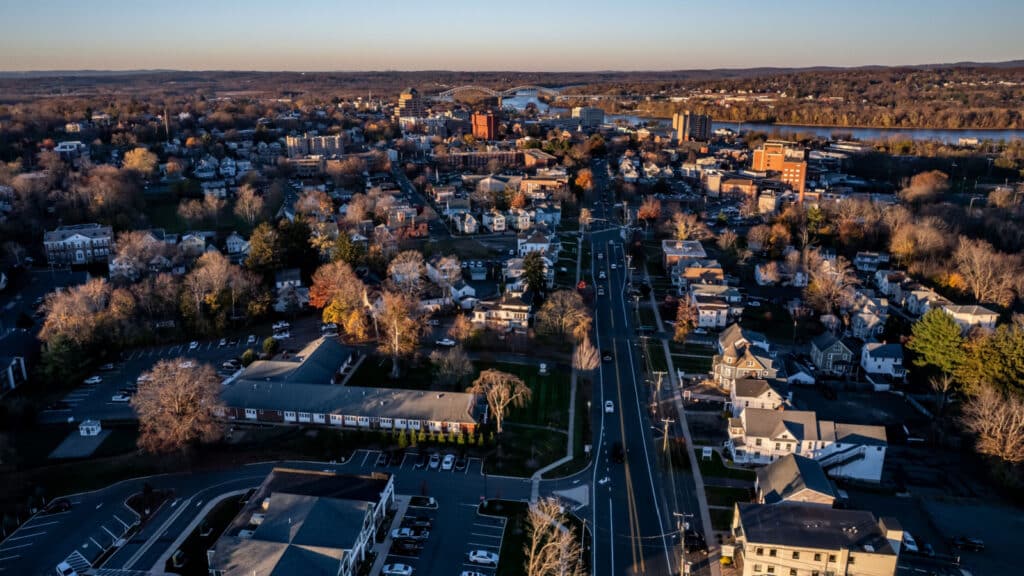
It’s not surprising that Connecticut is in the top five for highest loan payments since the cost of living here isn’t cheap—it’s the ninth most expensive state! College here costs 34% more than the national average for public four-year institutions and 27% pricier for private universities. With schools like Yale in the mix, it’s no wonder student loan debt piles up. Connecticut’s student loan payments run an average of $213 a month.
Even with high incomes, Connecticut has an immense wealth gap, making it tough for many residents to manage those premium college costs and loan payments.
New Jersey
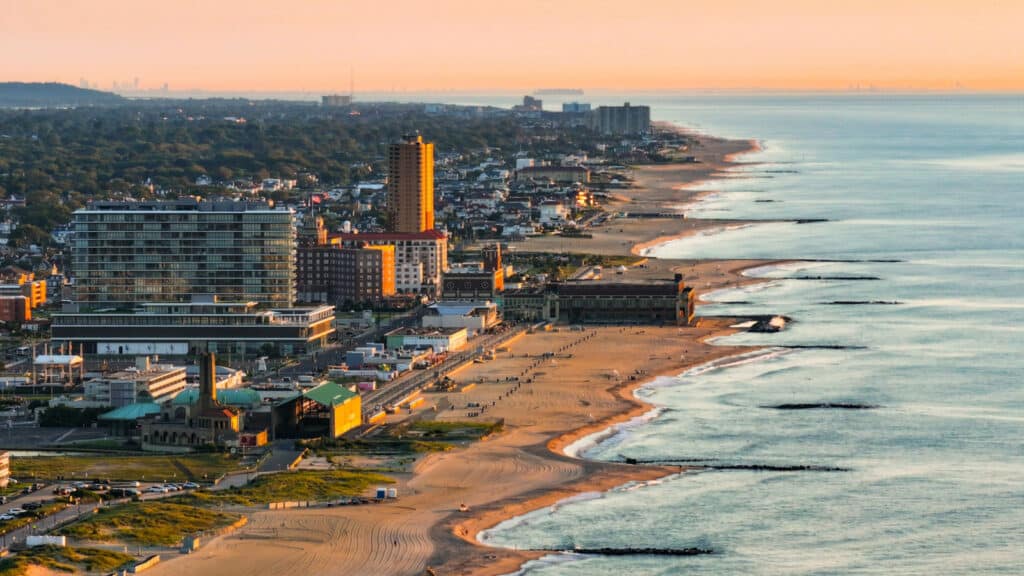
New Jersey ranks fifth for student loan payments, with graduates shelling out an average of $209 a month. Believe it or not, former students owe $45.3 billion in loans, making it the 11th highest in America. Student debt in the state jumped nearly $2,000 in just six months, reaching an average of $41,561.
Here’s the wild part—over 71,000 New Jersey residents aged 62 and up are still paying off student loans! That’s about 6% of retirees digging deep to pay back.
New York
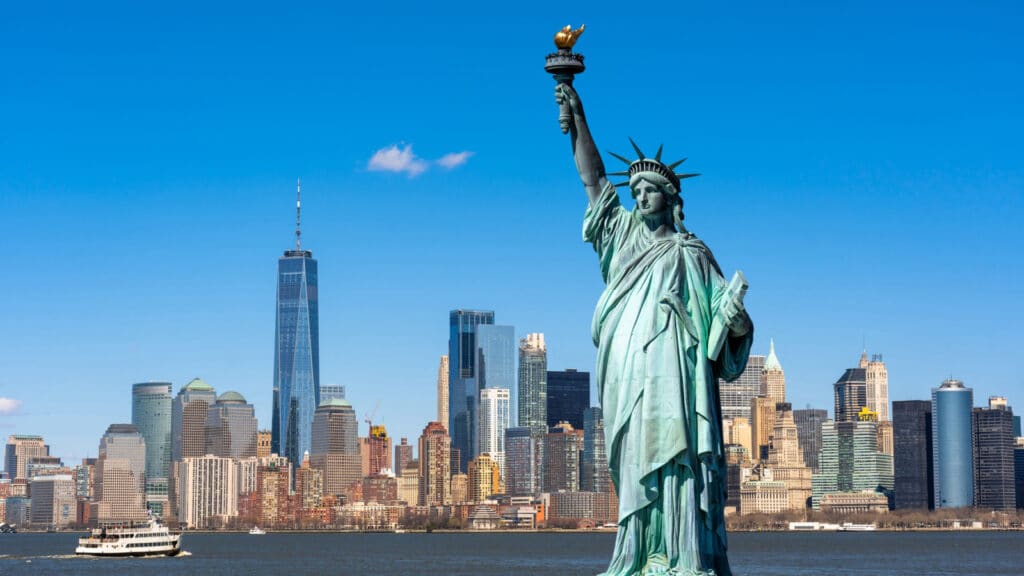
The Empire State ties with its Garden State neighbor for the fifth-highest average student loan payments at $209 a month. Home to Ivy Leagues like Columbia and Cornell, it’s no surprise that New York is the priciest state for college. This East Coast state has 14 schools in the top 60, including one in the top five and three more in the top 20!
Students here often borrow more to cover tuition and struggle with high housing and transportation costs in urban areas. Low-income New Yorkers face tough challenges, while many moderate-income families struggle with rising costs, food insecurity, and debt.
Illinois
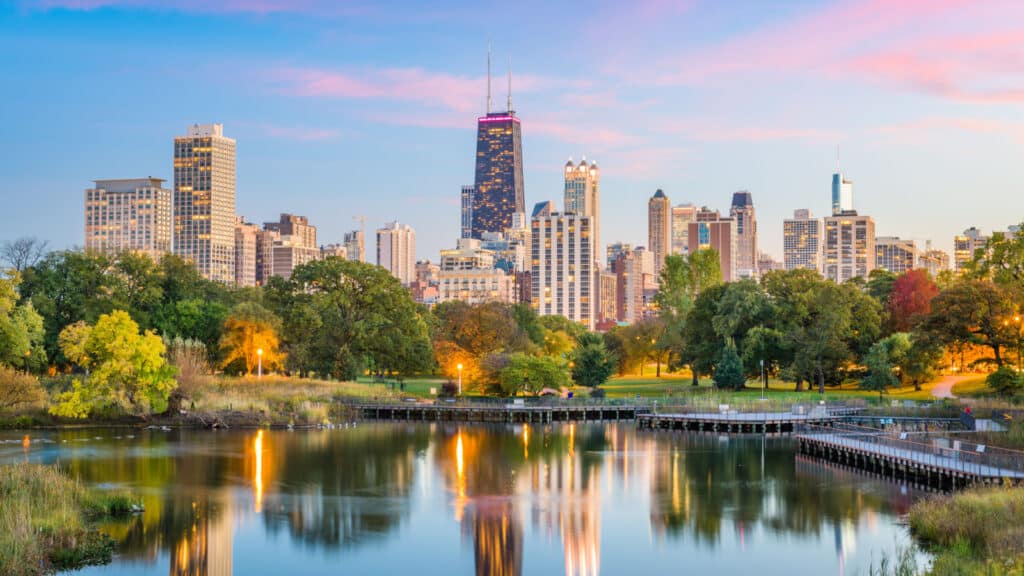
Illinois boasts 184 colleges and universities, offering a mix of world-class academics and vibrant cultural experiences, from Lake Michigan to arts venues. But with in-state tuition averaging $14,455, it’s the fourth highest for public colleges in the U.S.
Over a million borrowers in Illinois are juggling student debt amid rising inflation. Students must budget for more than just tuition—application fees, parking, meal plans, and lab fees. To save money, students often work while in school, live off-campus, cook their own meals, and use public transportation.
Maryland
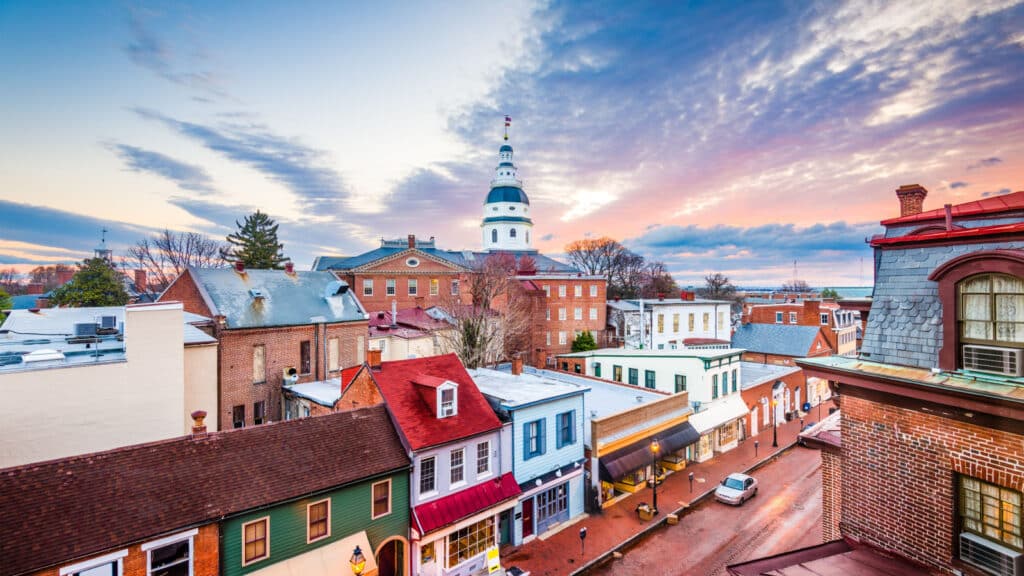
Higher education in Maryland, especially at private schools, can be pricey. Maryland residents carry a heavier student debt burden than many other states, ranking 8th highest in student loan payments.
Another reason for this is Maryland’s high median household income of $108,200 a year. While that sounds great, higher incomes often lead to bigger monthly payments on income-driven repayment plans.
Colorado
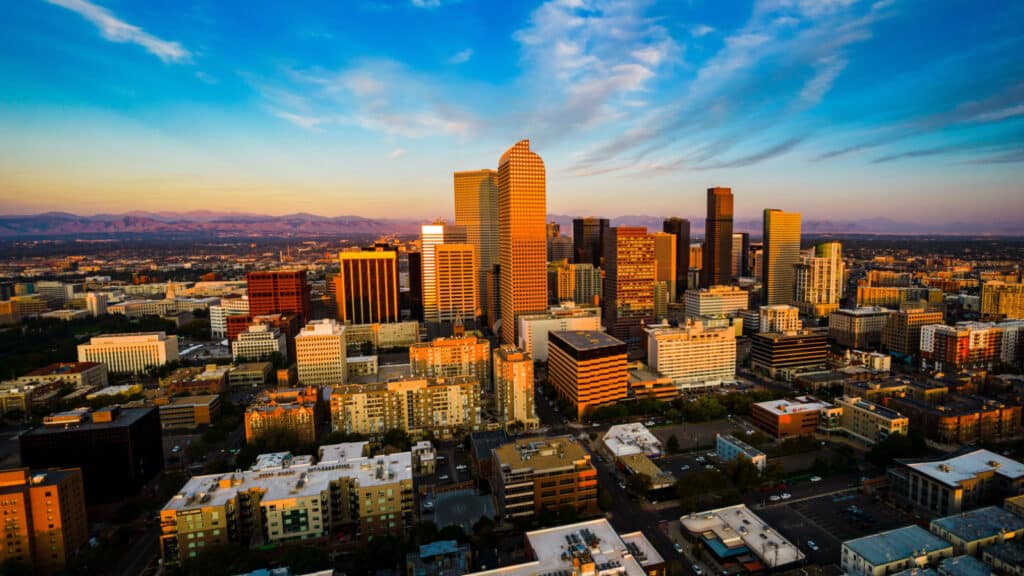
In the Centennial State, the cost of getting a college degree is on the rise. With tuition and living expenses climbing, some families are even considering schools out of state.
Despite having a strong job market, Colorado graduates still carry a sizeable student debt load, often owing more than students in many other states. Entry-level salaries don’t always keep up with those high loan payments, making it tough for graduates to manage their debt. This can create a real struggle for many, leading to a feeling that payments are just too burdensome.
Virginia
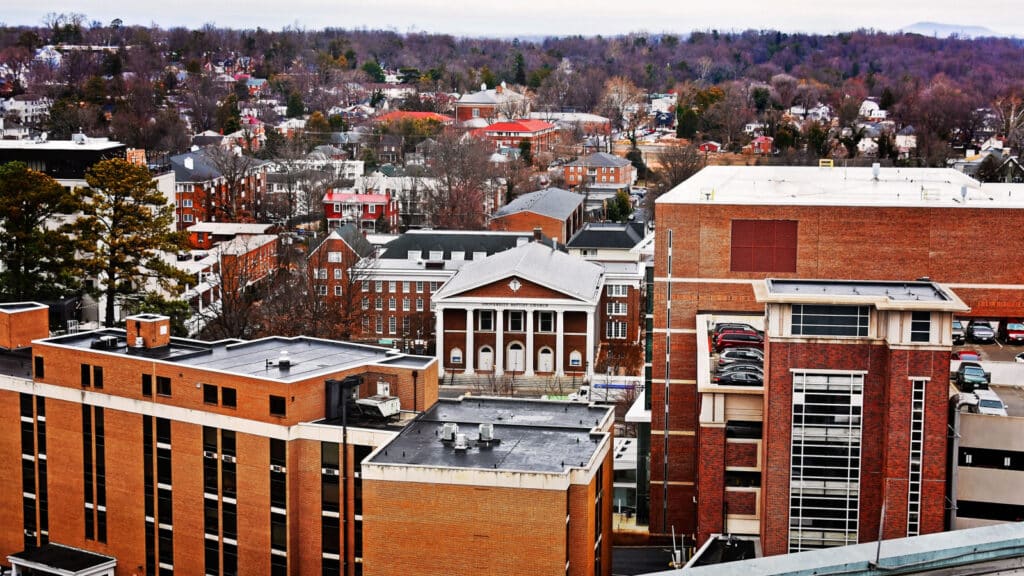
Student loans weigh heavily on many college graduates in the U.S., and Virginia ranks in the top 10 for the highest median payments, averaging about $201 a month.
In-state tuition is high, especially at prestigious schools like the University of Virginia and Virginia Tech. You might expect other schools to have lower rates, but that’s not always true. This leads many students to rack up significant debt to finance their education.
Source: WalletHub
12 of the Best Universities in the U.S., According to a New Study
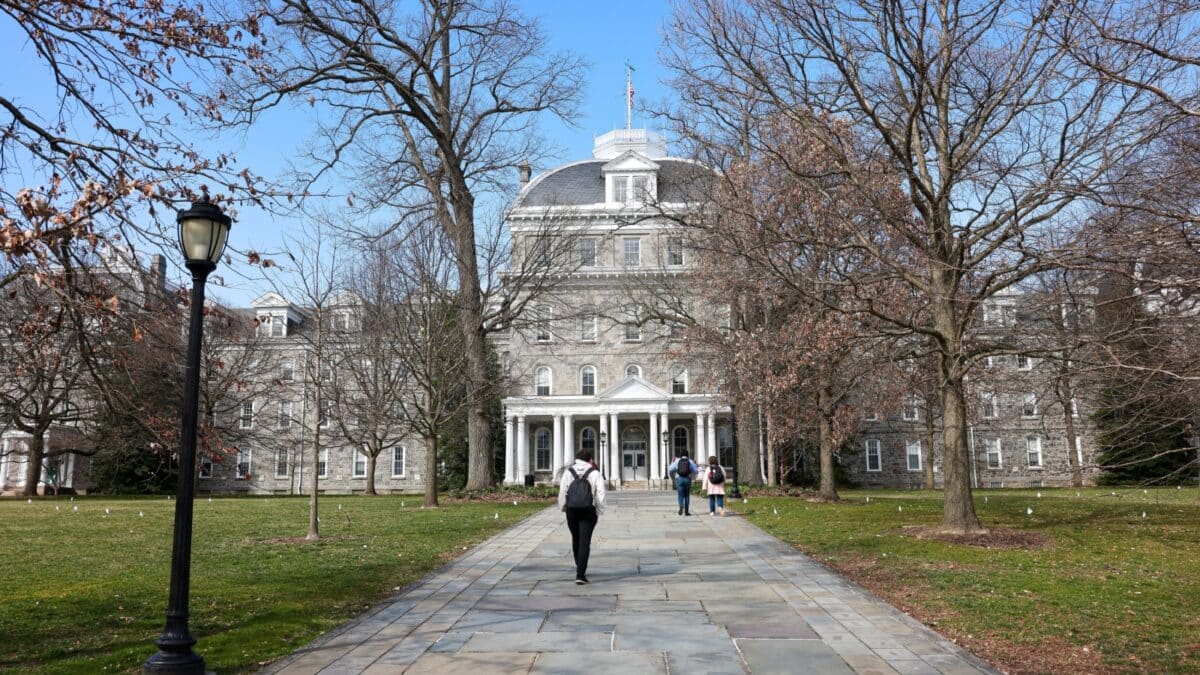
A recent study assessed over 800 schools, looking at 30 important factors like student selectivity, costs, faculty resources, safety, campus experience, and educational outcomes. So, take a look at this list and see if your dream school made the cut! It’s time to gear up for your college applications and get ready to land that acceptance letter!
Read more: 12 of the Best Universities in the U.S., According to a New Study
10 of the Best States for Millennials, According to a New Study

A new study took a deep dive into all 50 states to pinpoint the best and worst places for millennials to settle down. They looked at key factors like affordability, job markets, quality of life, education, health, and civic engagement.
Read more: 10 of the Best States for Millennials, According to a New Study
12 of the Best and Worst Places To Retire in the U.S., According to a New Study
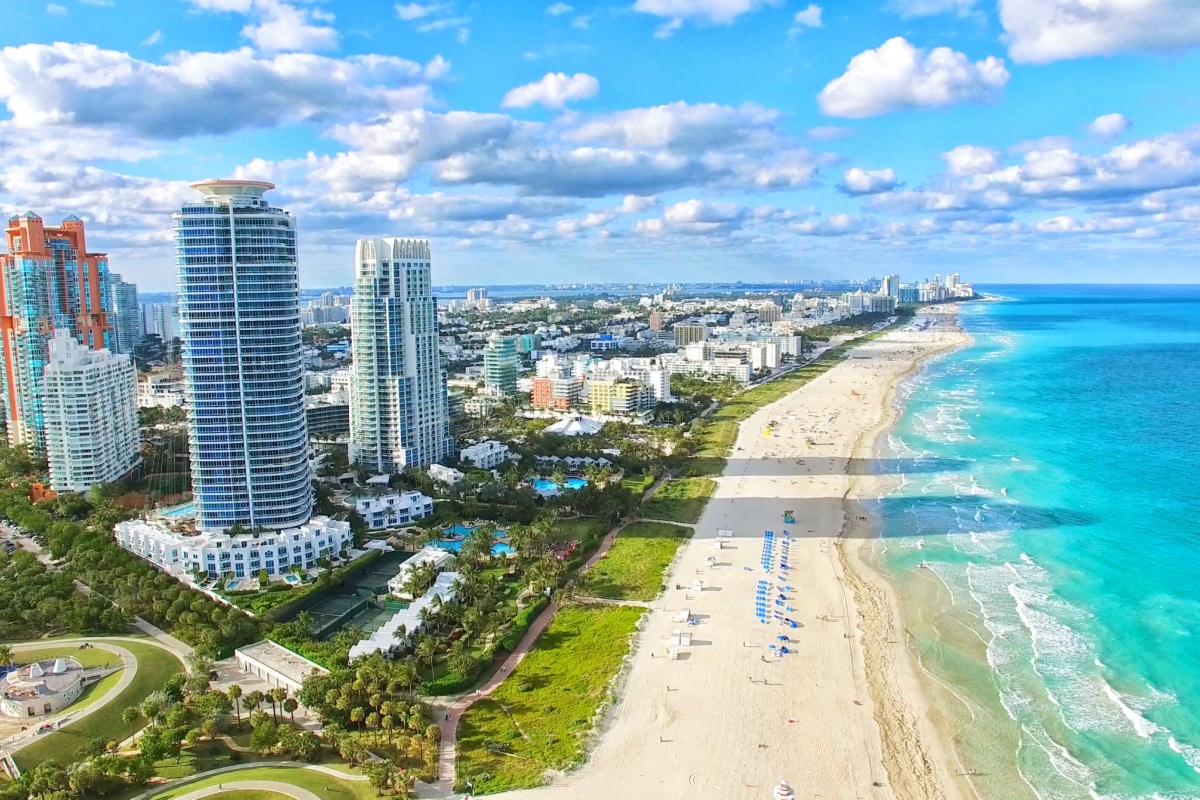
In the U.S., some benchmarks make some areas better or worse for retirees than others. A recent study took a deep dive, ranking over 180 cities based on affordability, quality of life, healthcare, and fun activities. These are some of the best and worst cities to consider for your sunset years.
Read more: 12 of the Best and Worst Places To Retire in the U.S., According to a New Study

